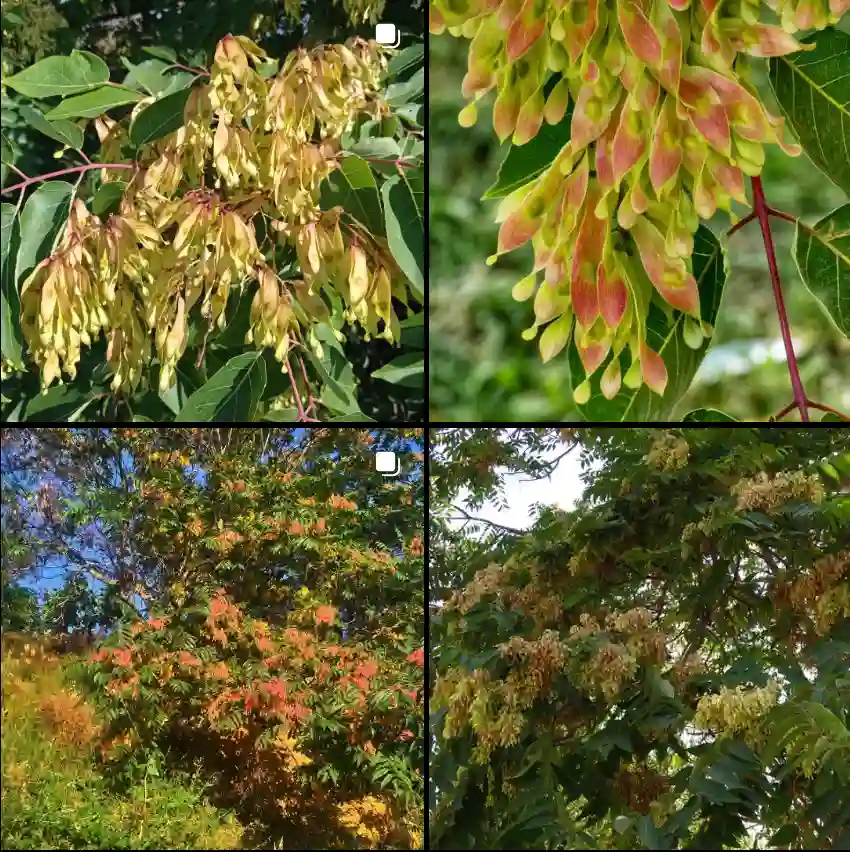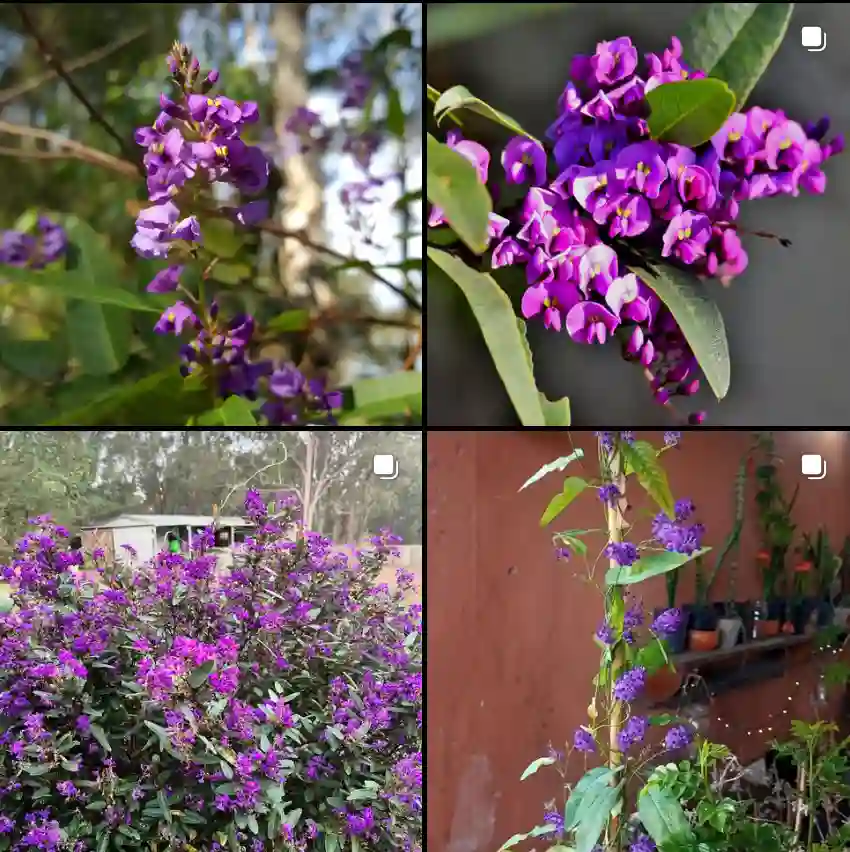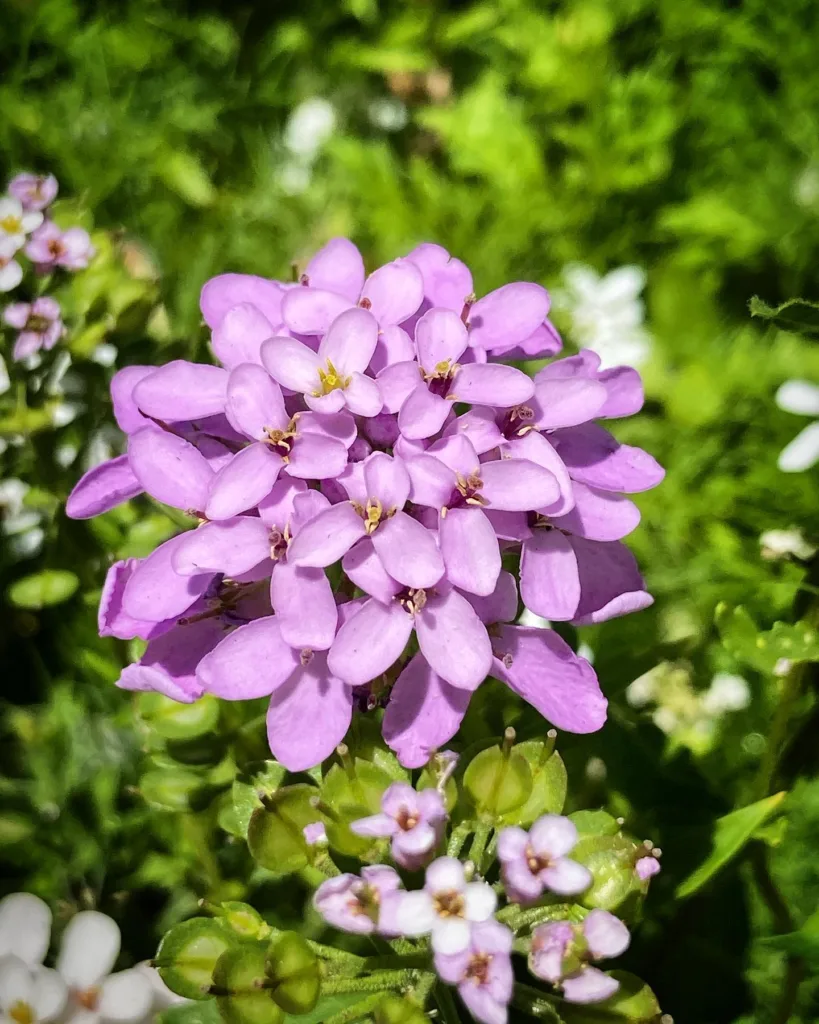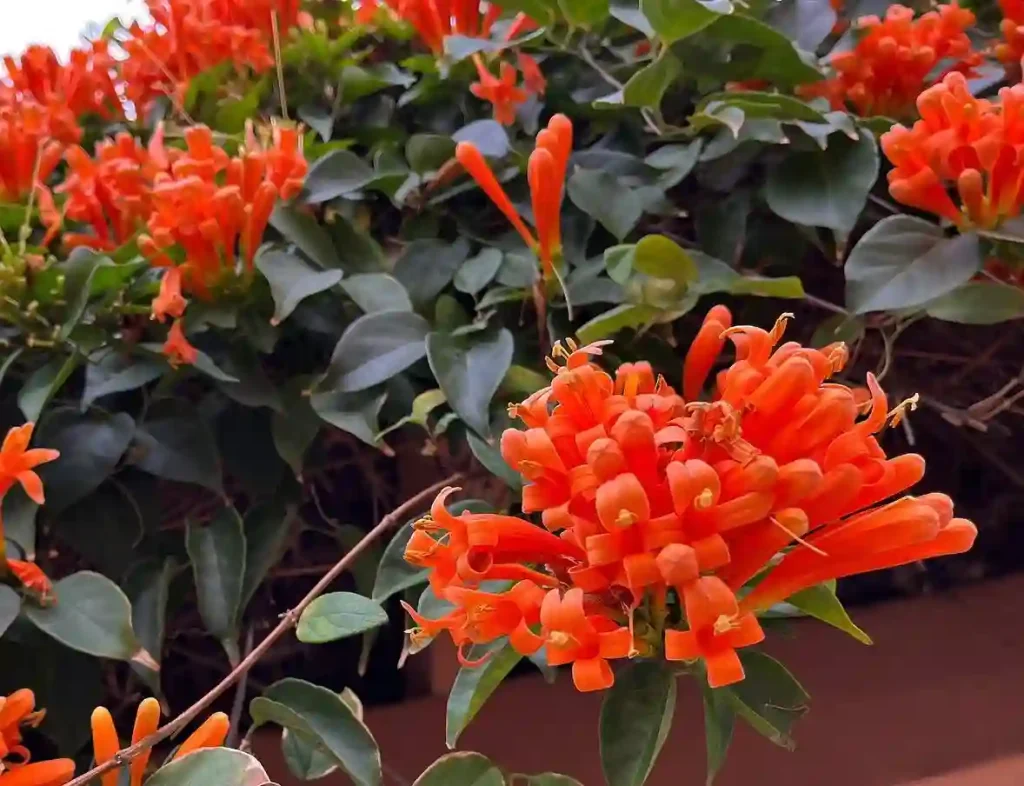FAQs About Sarracenia Leah Wilkerson
Sarracenia Leah Wilkerson is a fascinating carnivorous plant that has captured my attention with its striking appearance and unique care requirements. Here’s a comprehensive guide based on my personal experience with this plant. I hope it answers some of the frequently asked questions and helps you take care of your own Sarracenia Leah Wilkerson.
32 Species in Genus Sarracenia
What Is Sarracenia Leah Wilkerson?
Sarracenia Leah Wilkerson is a hybrid pitcher plant that belongs to the Sarraceniaceae family. This plant is known for its tall, tubular leaves, which are designed to trap and digest insects. It is a hybrid of Sarracenia leucophylla and Sarracenia purpurea, combining the best traits of both species. The result is a plant with vibrant colors, including shades of red and white, and intricate patterns on its pitchers.
How to Care for Sarracenia Leah Wilkerson?
Caring for Sarracenia Leah Wilkerson is relatively straightforward once you understand its needs. Here’s what I’ve learned:
- Light: Sarracenia Leah Wilkerson thrives in bright, direct sunlight. Ideally, it should receive at least 6 hours of full sun each day. If grown indoors, a south-facing window or a grow light can provide the necessary light.
- Water: This plant prefers distilled water or rainwater. Tap water can be harmful due to the minerals and chemicals it contains. Keep the soil consistently moist, but avoid waterlogging. I usually water it every few days, making sure the pot is never sitting in standing water.
- Soil: Use a mix designed for carnivorous plants, typically a combination of sphagnum moss and sand or perlite. This mixture ensures good drainage and prevents root rot, which is crucial for the health of your Sarracenia Leah Wilkerson.
- Temperature: It’s best to keep the plant in a temperate environment, ideally between 60°F to 80°F (15°C to 27°C). During winter, it can tolerate cooler temperatures but should not be exposed to frost.
- Feeding: While Sarracenia Leah Wilkerson catches its own food, you can supplement its diet with insects if it’s growing indoors. I’ve found that feeding it once a month with small insects like fruit flies is sufficient.
How to Propagate Sarracenia Leah Wilkerson?
Propagation of Sarracenia Leah Wilkerson can be done through several methods. The most common methods are:
- Division: This is the easiest method and involves separating the plant into smaller sections. Each section should have a portion of the root system and several leaves. I usually divide the plant in the spring or early summer when it’s actively growing.
- Leaf Cuttings: Although less common, leaf cuttings can be used to propagate Sarracenia Leah Wilkerson. Place the cuttings in a container with the same soil mix as the parent plant and keep them in high humidity. It can take several months for the cuttings to develop new growth.
What to Plant With Sarracenia Leah Wilkerson?
If you’re thinking of creating a mixed planting, Sarracenia Leah Wilkerson pairs well with other carnivorous plants. Here are a few suggestions:
- Drosera (Sundews): These complement pitcher plants well and can help control small insect populations.
- Dionaea muscipula (Venus Flytrap): Both plants share similar care requirements and can create an interesting display.
- Utricularia (Bladderworts): These can grow in the same conditions and add another dimension to your carnivorous plant setup.
How to Use Sarracenia Leah Wilkerson?
Beyond its visual appeal, Sarracenia Leah Wilkerson can be a functional addition to your garden. Its insect-trapping capabilities can help reduce the number of pests. I also use it as a conversation piece; its unique appearance always sparks interest from visitors.
Is Sarracenia Leah Wilkerson Toxic?
Sarracenia Leah Wilkerson is not toxic to humans or pets. The plant’s digestion of insects is a natural process and doesn’t involve any harmful chemicals. However, it’s always best to keep plants out of reach of curious pets to avoid any potential issues.
Common Issues and Troubleshooting
- Brown Tips: This can be a sign of too much direct sunlight or water quality issues. Adjust the light exposure and ensure you’re using distilled or rainwater.
- Pitcher Collapse: If the pitchers are collapsing, it might be due to overwatering or poor soil conditions. Check the soil moisture and drainage to correct the issue.
- Pests: While Sarracenia Leah Wilkerson is generally pest-resistant, it can occasionally attract aphids or spider mites. Treat with insecticidal soap if necessary.
In conclusion, Sarracenia Leah Wilkerson is a captivating and relatively easy-to-care-for carnivorous plant. By providing it with the right conditions and a bit of attention, you can enjoy its unique beauty and functionality in your home or garden. If you have any specific questions or need more advice, feel free to ask!
If i die, water my plants!



